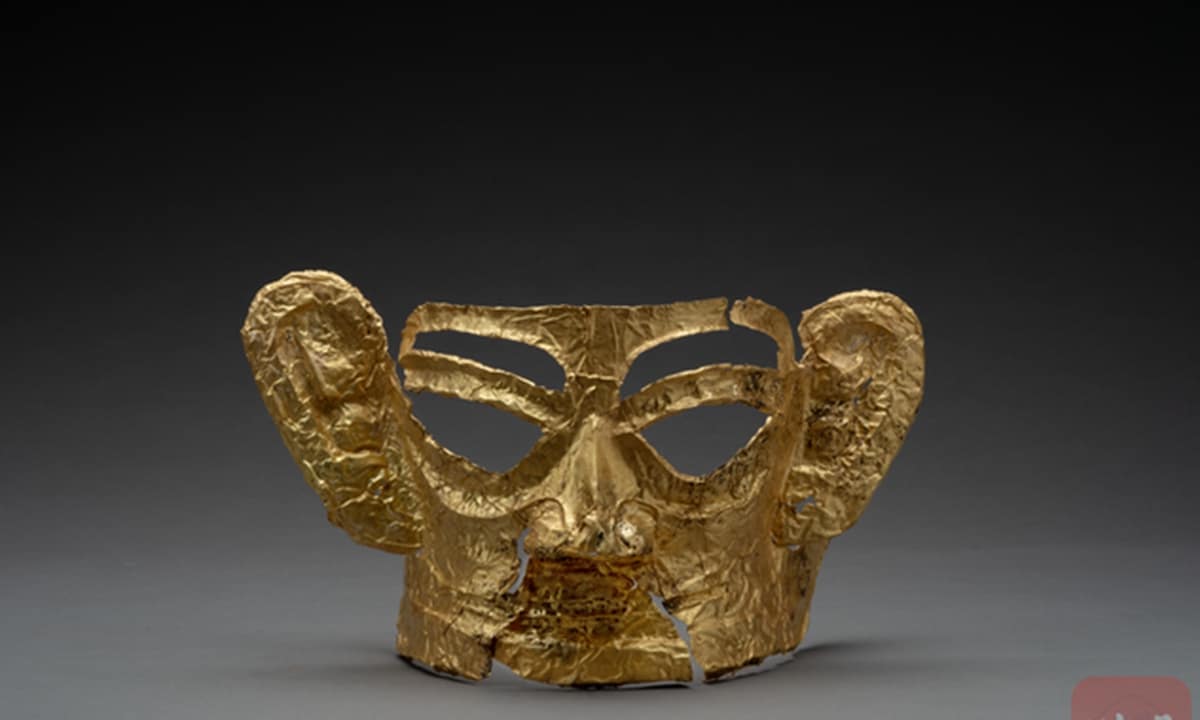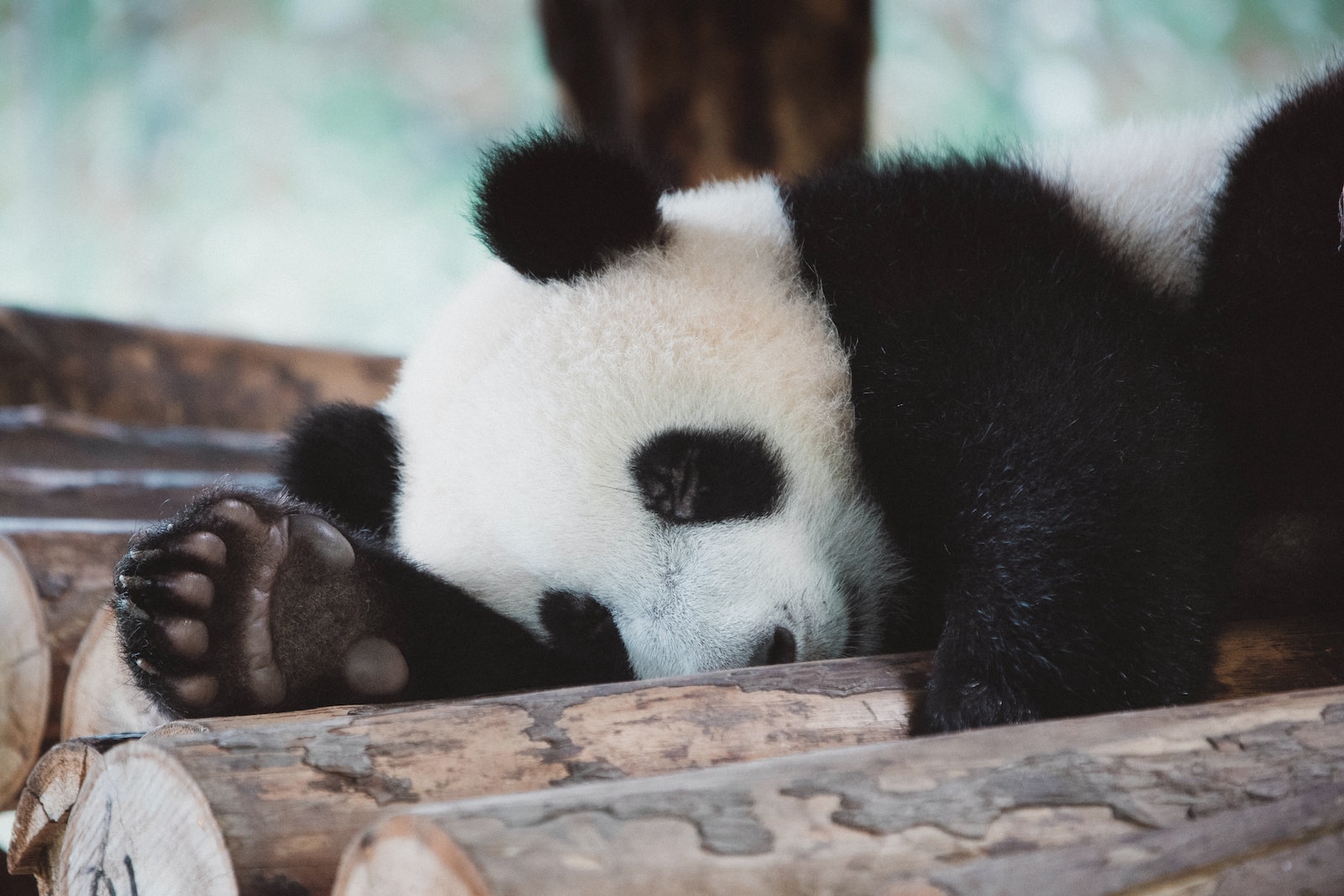Archaeologists have made startling discoveries at the famous Sanxingdui ruins in southwest China’s Sichuan province. It is reported by the Xinhua News Agency.
A treasury of exquisite bronze, gold and jade items has been unearthed at this site. Including at least 10 bronze items discovered for the first time in the history of human civilization.
A joint team of archaeologists from the Sichuan Provincial Research Institute of Cultural Relics and Archaeology, Peking University, Sichuan University and other research institutes and universities have been excavating six sacrificial pits at the site since 2020.
The new finds are mainly recovered from sacrificial pits No. 7 and No. 8, bringing the total number of items found in the six pits in Sanxingdui to almost 13,000, according to the Research Institute of Cultural Relics and Archeology of Sichuan Province.
The highlight among the newly found artifacts is a bronze box with green jade utensils inside, found in pit #7. The top and bottom of the item are covered with tortoise-shell lids, and the sides of the box are decorated with a bronze loop, dragon-head handles, and several bronze ribbons. According to archaeologists, the analysis of micro-traces showed that the box was wrapped in silk.
“It is not an exaggeration to say that this item is one of a kind given its distinctive shape, fine workmanship and ingenious design. Although we do not know what this item was used for, we can assume that ancient people treasured it,” said Li Haichao, Sichuan University professor in charge of the excavation of Site 7.
Jade items and bronze ornaments, figurines and bells were also found in the pit.
In nearby Pit No. 8, archaeologists found many artifacts, including bronze heads with golden masks, a bronze sculpture with a human head and the body of a snake, a bronze altar, a giant mythical creature made of bronze, and a bronze object in the shape of a dragon head with a pig nose.
“The sculptures are very complex and imaginative, they reflect the fairy-tale world imagined by people of that time, and show the diversity and richness of Chinese civilization,” said Zhao Hao, assistant professor at Peking University, head of the excavation site No. 8.
Around the pits, archaeologists also found ash ditches, architectural foundations and small sacrificial pits, as well as cultural relics. In addition – bamboo, reeds, soybeans, the remains of cattle and wild boars, which may have been sacrificed.
Originally discovered in the late 1920s, the ruins of Sanxingdui have been cited as one of the world’s greatest archaeological finds in the 20th century.
Located in the city of Guanghan, about 60 km from the provincial capital of Chengdu, the 12-square-kilometer ruins are believed to be the remains of the Shu kingdom, which is between 4,500 and 3,000 years old.












